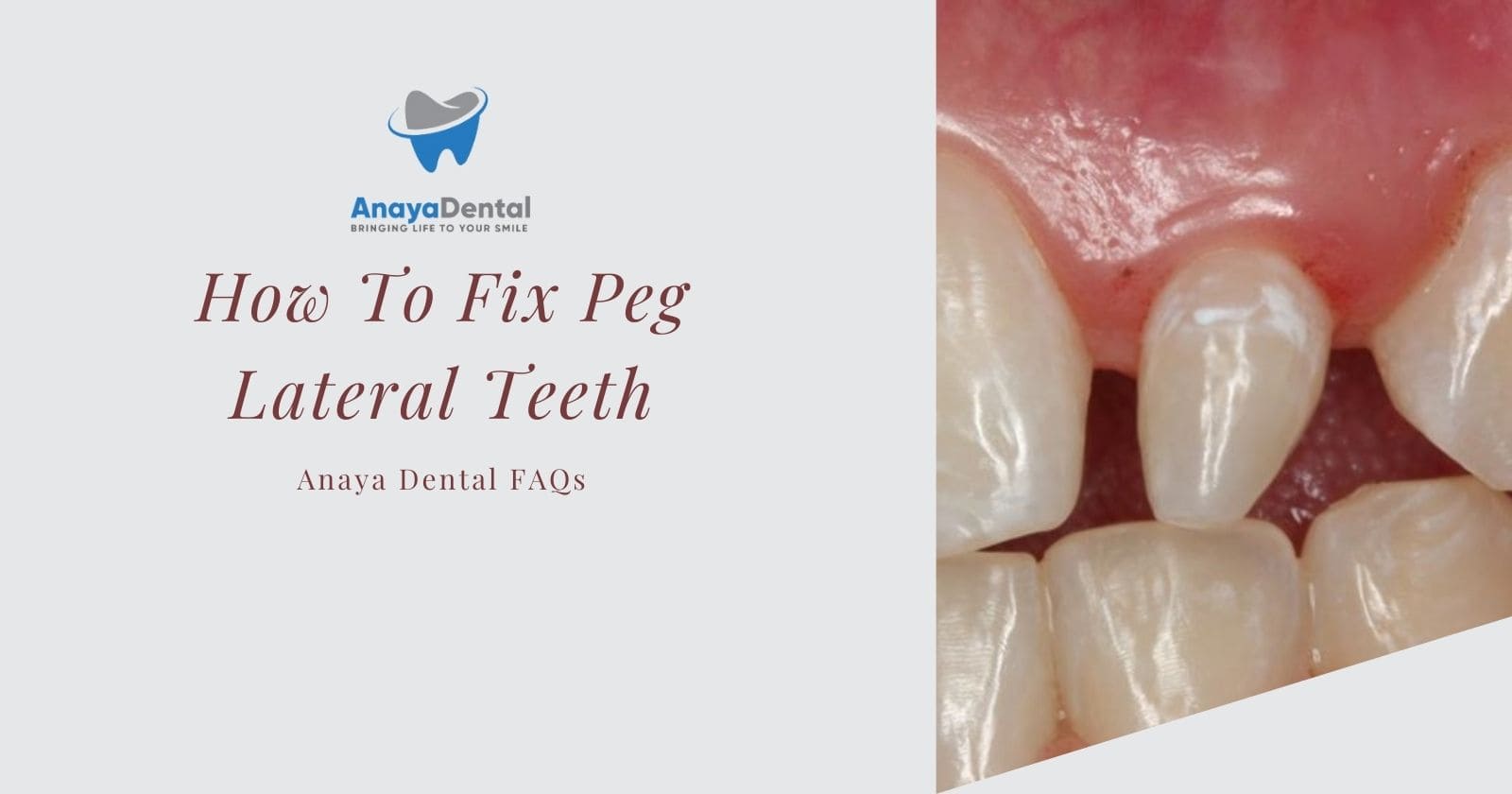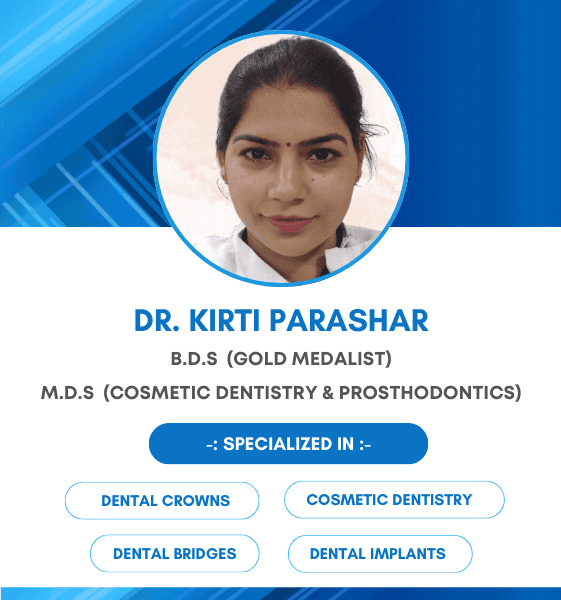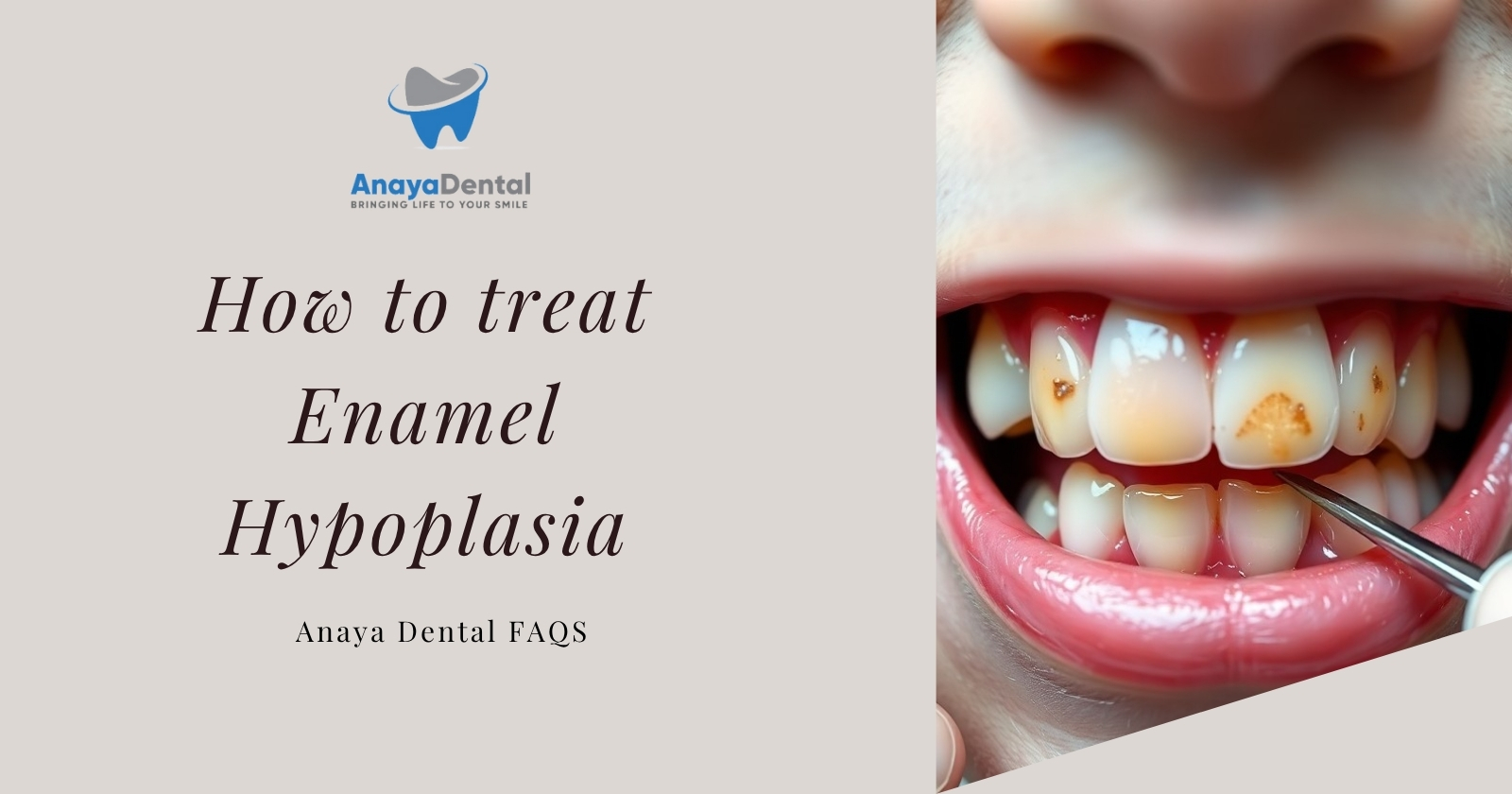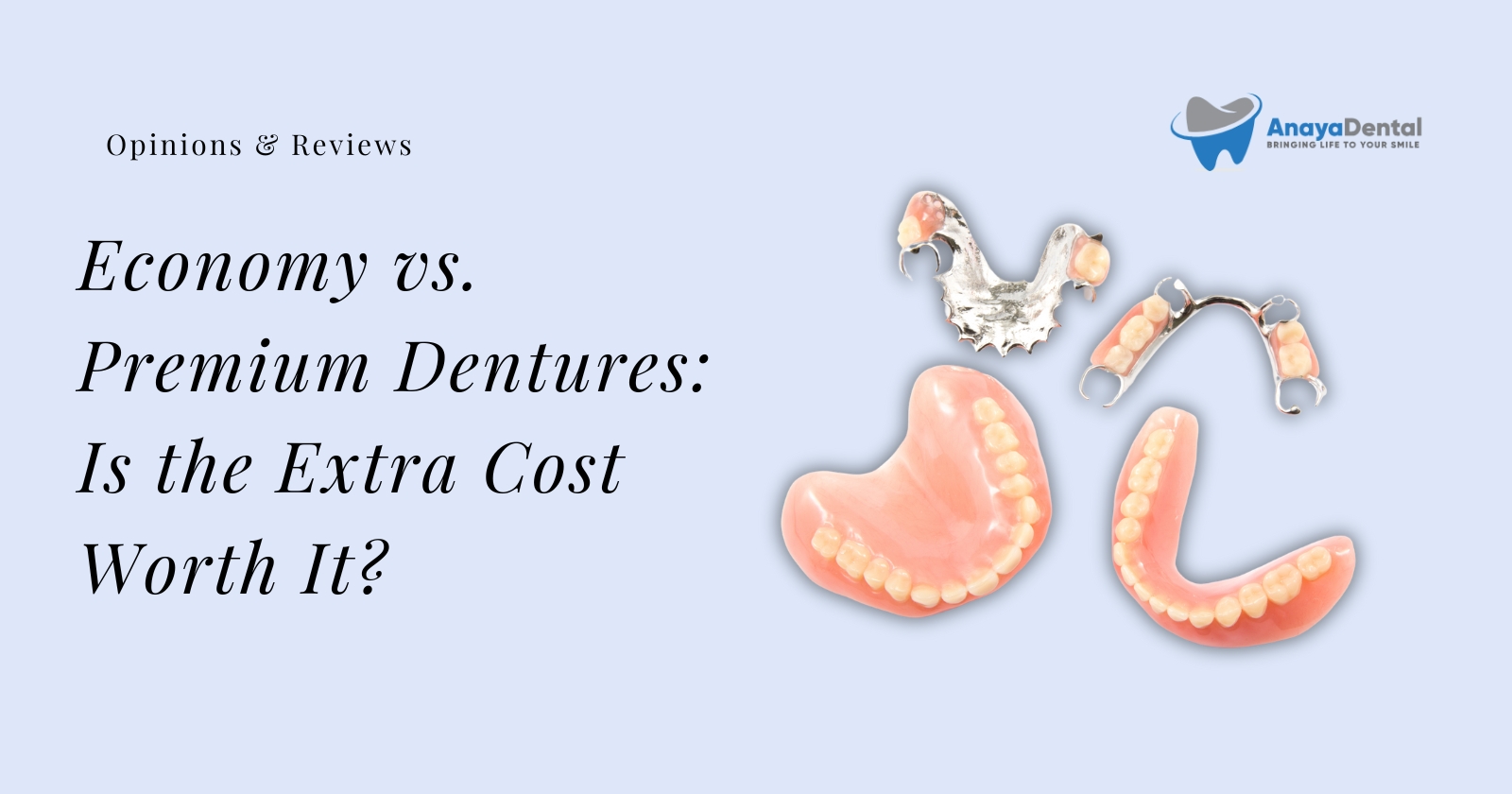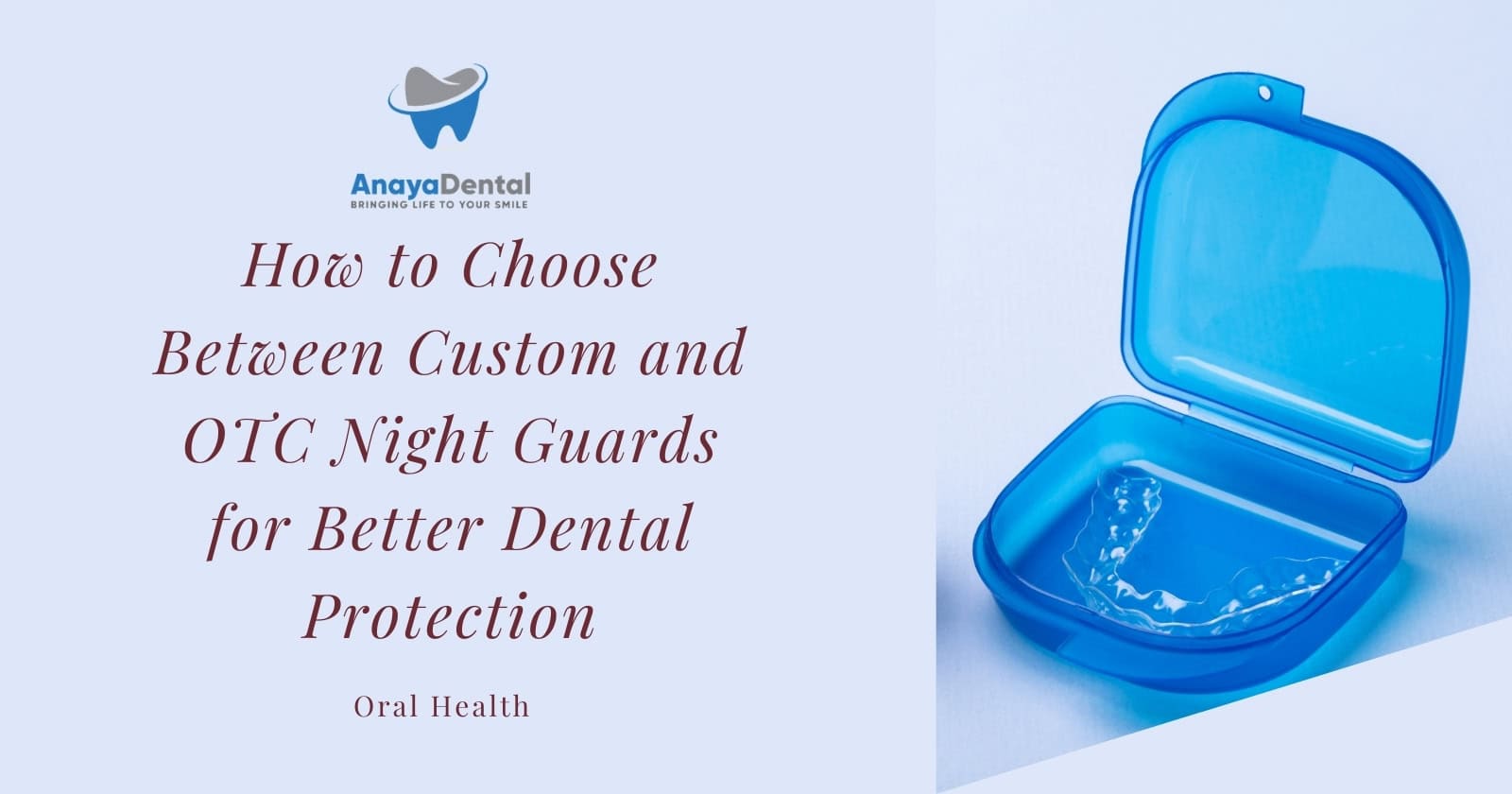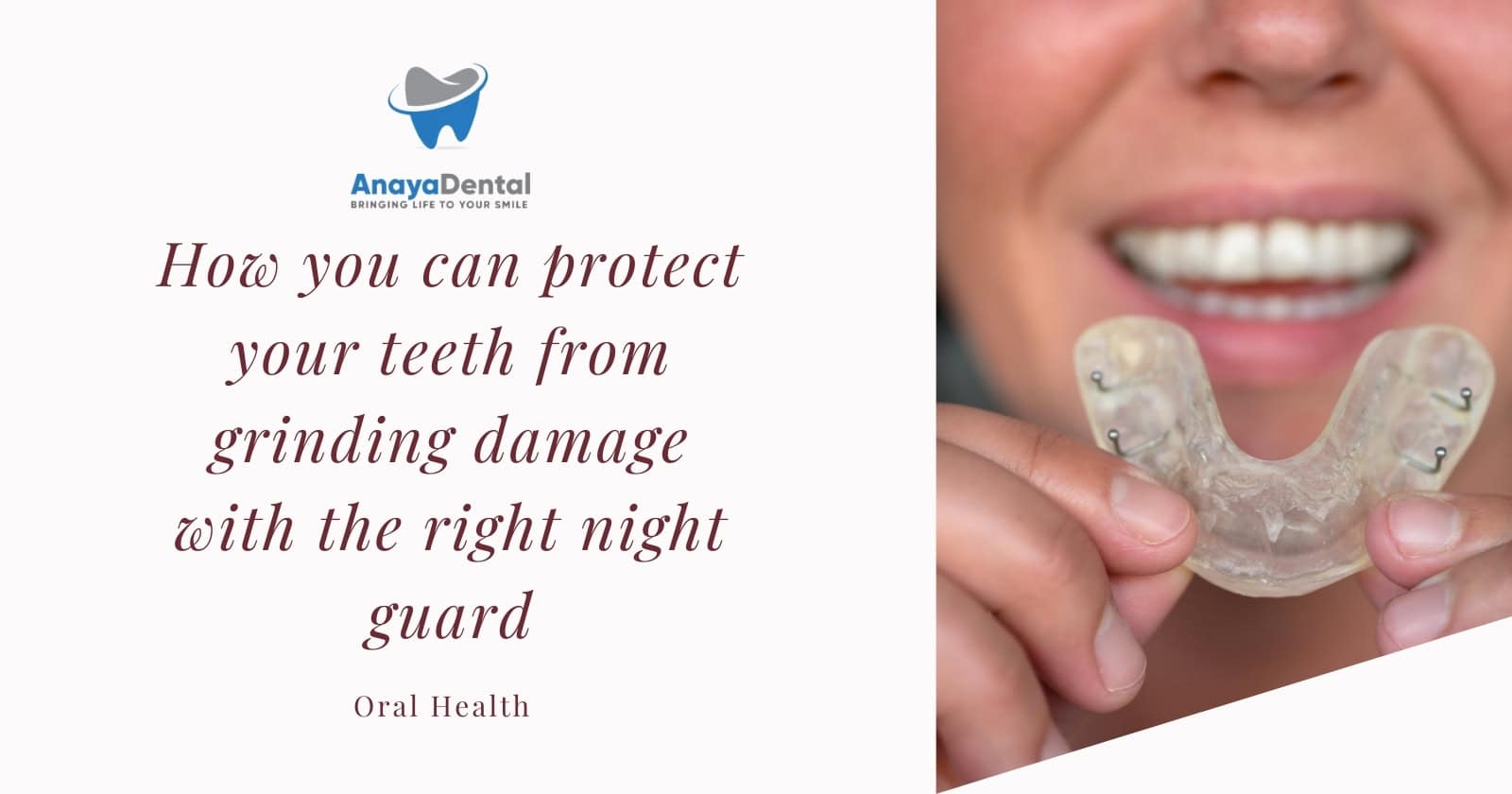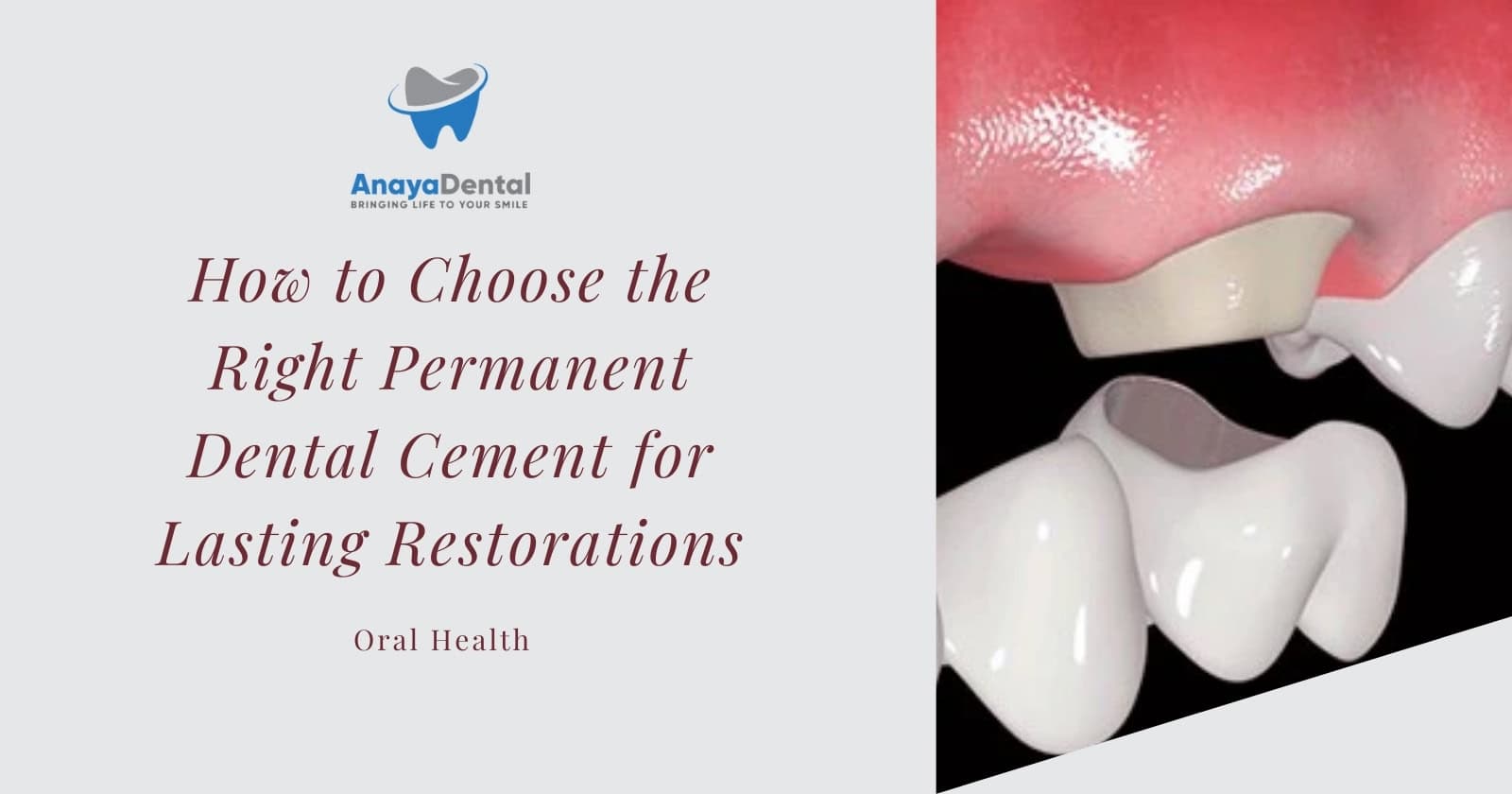Peg lateral teeth can significantly impact your smile’s appearance and your self-confidence. These small, pointed teeth that develop next to your front teeth are a common genetic condition affecting up to 2% of people. While they may cause aesthetic concerns, you have several effective treatment options available to achieve a more balanced and attractive smile. From dental bonding to veneers and crowns, your dentist can help you choose the most suitable solution based on your specific case, budget, and desired outcome. Understanding these options is the first step toward transforming your smile.
Key Takeaways:
- Dental bonding and veneers are common cosmetic solutions for peg laterals, offering quick and effective ways to improve tooth appearance and symmetry
- Professional consultation with a cosmetic dentist is imperative to determine the best treatment option based on tooth size, shape, and overall oral health
- Treatment costs vary significantly between options – dental bonding typically ranges from $300-600 per tooth, while porcelain veneers can cost $800-2,500 per tooth
Understanding Peg Lateral Teeth
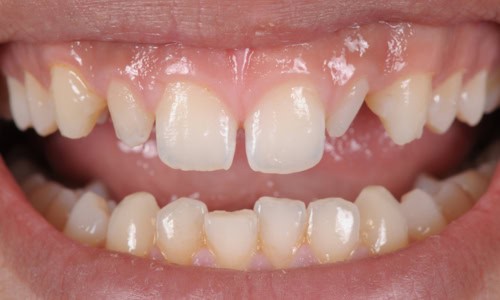
To comprehend peg lateral teeth, you need to know that these are undersized or malformed upper lateral incisors that appear smaller and more pointed than normal teeth. Your lateral incisors are located next to your front teeth, and when they develop abnormally, they can significantly impact your smile’s aesthetics and dental function.
Common Causes and Risk Factors
Risk factors for peg laterals include genetic predisposition, developmental disorders, and environmental factors during tooth formation. Your family history plays a significant role in determining whether you’ll develop this condition. Recognizing these factors early can help you seek appropriate dental intervention.
Try Our Dental Calculators
Identifying Peg Laterals
Understanding how to identify peg laterals involves looking for specific characteristics in your upper teeth. These include:
- Cone-shaped appearance
- Reduced width compared to normal laterals
- Shorter length than adjacent teeth
- Gaps between front teeth
To properly evaluate your condition, you should know that peg laterals typically become noticeable during adolescence. Your dentist can confirm the diagnosis through visual examination and X-rays, helping determine the best treatment approach for your specific case.
Treatment Options
If you’re dealing with peg lateral teeth, several effective treatment options are available to enhance your smile. Your dentist will help you choose the most suitable solution based on your specific case, considering factors like tooth size, position, and your overall oral health. The two main approaches include dental bonding with composite resin or porcelain restorations.
Dental Bonding and Composite Resin
Now you can benefit from dental bonding as a quick and cost-effective solution. Your dentist will apply a tooth-colored composite resin material directly to your peg lateral, sculpting and shaping it to match your natural teeth. This minimally invasive procedure typically requires just one visit and preserves most of your natural tooth structure.
Porcelain Veneers and Crowns
One of the most durable and aesthetically pleasing options for treating your peg laterals is porcelain veneers or crowns. These custom-made ceramic restorations are designed to perfectly match your surrounding teeth in color, shape, and size, providing a long-lasting solution that can last up to 15 years with proper care.
Plus, your porcelain restorations offer superior stain resistance compared to composite bonding. While they require more tooth preparation and multiple appointments, these restorations provide exceptional durability and a natural appearance that can significantly improve your confidence and smile aesthetics.
Pre-Treatment Considerations
Despite the cosmetic nature of peg lateral teeth, addressing this condition requires careful planning and evaluation. You’ll need to undergo a thorough assessment to determine the most suitable treatment option for your specific case. Your dentist will evaluate factors like tooth size, position, bite alignment, and overall oral health to create a personalized treatment plan.
Dental Examination Requirements
With peg laterals, your dentist needs to conduct a comprehensive examination that includes:
- X-rays and digital imaging to assess root structure
- Bite analysis to check occlusion
- Periodontal evaluation to ensure gum health
- Tooth size measurements for restoration planning
The results will guide your treatment approach and timeline.
Cost and Insurance Factors
Now that you’re considering treatment, understanding the financial aspects is crucial:
- Insurance coverage varies by provider and plan
- Treatment costs range from $800 to $3,000 per tooth
- Payment plans are often available
- Financing options through third-party providers
The investment in your smile can be managed through various payment solutions.
Factors affecting your treatment costs include:
- Choice of restoration material (composite vs. porcelain)
- Geographic location of your dental provider
- Complexity of your specific case
- Additional procedures if required
The final cost will be determined after your initial consultation.
Step-by-Step Treatment Process
Now you can transform your peg lateral teeth through a systematic approach that combines aesthetic enhancement with functional improvement. Your journey to a complete smile involves careful planning and precise execution by your dental professional.
| Initial Assessment | Dental examination, X-rays, impressions |
| Treatment Selection | Choosing between bonding, veneers, or crowns |
Preparation and Planning
To begin your treatment, your dentist will conduct a comprehensive evaluation of your oral health and bite alignment. You’ll need to undergo dental imaging and impressions to create a detailed blueprint for your smile transformation. Your dentist will discuss the most suitable treatment options based on your specific case.
Implementation Techniques
One of the most effective approaches to treating your peg laterals involves direct composite bonding or porcelain veneers. Your dentist will carefully shape and contour the material to match your natural teeth, ensuring proper proportion and alignment.
Understanding the technical aspects of your treatment will help you make informed decisions. The procedure requires precise measurements and artistic skill to achieve natural-looking results. Your dentist will use specialized tools and materials to build up the tooth structure while maintaining proper spacing and bite relationship.
Aftercare and Maintenance
Your restored peg lateral teeth require consistent care and attention to maintain their appearance and functionality. Proper maintenance will ensure the longevity of your dental work and prevent potential complications. Following a structured care routine and regular professional check-ups will help protect your investment in your smile.
Daily Care Tips
To maintain your restored peg laterals, follow these crucial practices:
- Brush twice daily with a soft-bristled toothbrush
- Use non-abrasive toothpaste to protect the restoration
- Floss gently around the restored teeth
- Avoid biting into hard foods directly
- Wear a night guard if you grind your teeth
Assume that any unusual changes in color or sensitivity require immediate professional attention.
Regular Check-up Schedule
Daily maintenance should be complemented with professional examinations every six months. These visits allow your dentist to monitor the condition of your restored peg laterals and address any potential issues before they become serious problems.
The success of your peg lateral restoration depends heavily on consistent professional monitoring. Your dentist will assess the stability of the restoration, check for signs of wear, and perform necessary adjustments. Early detection of problems can prevent costly repairs and maintain your smile’s aesthetic appeal.
Potential Complications
Many dental procedures for peg lateral teeth carry inherent risks that you should consider. While generally safe, treatments can lead to temporary sensitivity, potential nerve damage, or issues with bonding materials. Your dentist might encounter challenges with color matching or achieving perfect symmetry, and in rare cases, the restoration may need adjustment or replacement.
Common Issues to Watch For
Little signs of trouble can develop after your peg lateral treatment. You might experience gum inflammation, slight discomfort when biting, or notice small gaps between the restoration and natural tooth. Your restoration could show wear over time, and there’s a possibility of chips or cracks developing if proper care isn’t maintained.
Prevention Strategies
Clearly, maintaining your restored peg laterals requires dedicated care. You should avoid biting into hard foods directly, maintain excellent oral hygiene, and schedule regular dental check-ups. Your dentist can detect early signs of wear or damage before they become significant problems.
Another necessary aspect of prevention involves protecting your restoration during physical activities. You should wear a mouthguard during sports, avoid using your teeth as tools, and be mindful of grinding habits. Regular professional cleanings and prompt attention to any changes in your restoration can significantly extend its lifespan and maintain its aesthetic appeal.
To wrap up
Considering all points, addressing your peg lateral teeth requires careful evaluation of multiple treatment options. You can choose from dental bonding, veneers, or crowns based on your specific needs and budget. Your dentist will guide you through the most suitable solution for your unique case. By understanding these treatment possibilities and maintaining proper oral hygiene afterward, you’ll achieve both aesthetic improvement and long-lasting results. Taking action to fix your peg laterals can significantly enhance your smile’s appearance and boost your confidence.
FAQ
Q: What are peg lateral teeth and why do they need fixing?
A: Peg lateral teeth are undersized, cone-shaped upper lateral incisors that appear smaller than normal teeth. They require fixing for both aesthetic reasons and functional purposes, as they can affect your bite alignment, speech, and self-confidence. These teeth commonly appear next to your front teeth and can make your smile appear uneven.
Q: What are the different treatment options available for peg lateral teeth?
A: Several treatment options exist for correcting peg lateral teeth: dental bonding using composite resin, porcelain veneers, dental crowns, and orthodontic treatment. The best option depends on the severity of the condition, your budget, and your desired outcome. A consultation with your dentist will help determine the most suitable treatment plan.
Q: How long does the treatment process take for fixing peg lateral teeth?
A: Treatment duration varies based on the chosen method. Dental bonding can typically be completed in one visit, taking 30-60 minutes per tooth. Porcelain veneers usually require 2-3 visits over 2-3 weeks. Orthodontic treatment might take 6-18 months, while crown procedures generally need 2-3 visits over 2-4 weeks.
Q: What is the cost range for peg lateral teeth treatment?
A: Treatment costs vary significantly depending on the chosen method and location. Dental bonding typically ranges from $300-$600 per tooth, porcelain veneers cost $800-$2,500 per tooth, crowns range from $800-$3,000 per tooth, and orthodontic treatment can cost $3,000-$7,000 for comprehensive care. Insurance may cover part of these costs if the treatment is deemed medically necessary.
Q: How should I maintain my teeth after peg lateral treatment?
A: Maintain good oral hygiene by brushing twice daily and flossing regularly. Avoid biting hard objects or foods that could damage the restoration. Schedule regular dental check-ups every six months. If you received bonding or veneers, avoid staining substances like coffee, tea, or tobacco. With proper care, your treatment results can last 5-15 years, depending on the method chosen.
